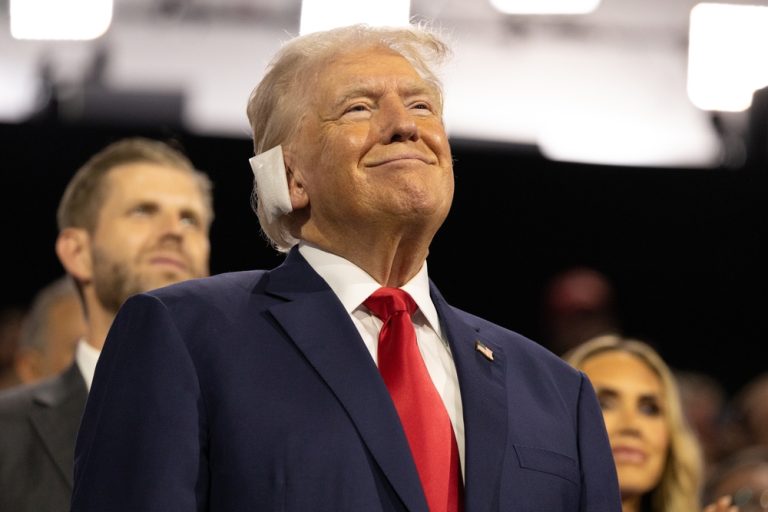A new Senate report has revealed serious lapses in leadership and security by the U.S. Secret Service during the July assassination attempt on former President Donald Trump at a rally in Butler, Pennsylvania. The bipartisan investigation outlines a range of failures that left the event exposed, despite prior intelligence about potential threats. The findings paint a picture of a chaotic security operation marred by poor communication and missed opportunities.
Lack of Command and Preparation
The Senate Homeland Security Committee, led by Chairman Sen. Gary Peters, D-Mich., found that no single person or agency took charge of securing the event. Interviews with Secret Service agents and local officials revealed that critical decisions, such as securing the building from which the shooter, Thomas Matthew Crooks, fired, fell through the cracks. “It was astonishing to us. We could not find one point of contact who said, ‘This was the person in charge,’” Peters said in a statement to CNN.
The report also highlighted how the Secret Service failed to implement basic security measures, such as positioning visual barriers that could have obstructed Crooks’ view of Trump. Homeland Security Committee co-chair Sen. Richard Blumenthal, D-Conn., described the leadership failures as resembling an “Abbott and Costello farce.”
Key Requests Denied, Vital Information Withheld
Several resource requests for the rally were either denied or not made at all. The report details how surveillance teams that could have identified potential threats among the crowd of 15,000 were not requested, while First Lady Jill Biden, attending an event an hour away, was provided with enhanced security. “We’ve seen a significant lack of decision-making that endangered lives,” Blumenthal said.
Most concerning, credible intelligence about an Iranian assassination plot targeting Trump was not shared with the local Secret Service teams in advance of the event. This intelligence prompted the deployment of a counter-sniper unit, which “potentially saved lives,” but key figures in Trump’s security detail were unaware of the severity of the threat until after the attack. “So it shocked me,” one Secret Service agent said.
Communication Failures
The report also criticized a lack of clear communication. Secret Service personnel reported significant issues with their radios on the day of the rally, leaving local officers and federal agents out of sync. In a critical moment, the Secret Service sniper team that ultimately took down Crooks did not receive radio warnings that police had spotted a man on a rooftop with a weapon. They only reacted after seeing police draw their guns. “That’s a pretty big deal for us,” the sniper team leader told the committee.
Calls for Reform
In response to the report, lawmakers are calling for sweeping changes in Secret Service leadership and practices. “There’s so many human errors. No amount of money that you give to the Secret Service is going to alleviate the human errors if you leave the same humans in charge,” Sen. Rand Paul, R-Ky., said.
Blumenthal echoed those concerns, suggesting the failures demand “fundamental, far-reaching reform” within the agency. Following the release of the report, former Secret Service Director Kimberly Cheatle, who oversaw the agency during the rally, resigned amid bipartisan criticism.
The Senate committee’s findings have sent shockwaves through Washington, exposing the vulnerabilities in a system designed to protect America’s leaders.


